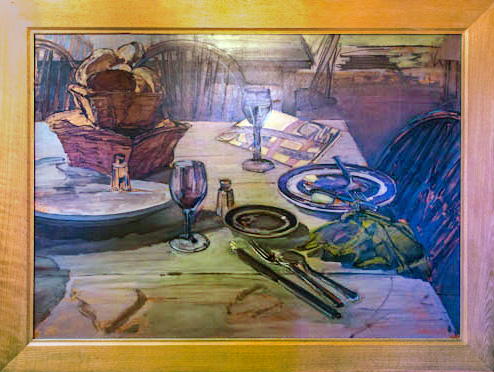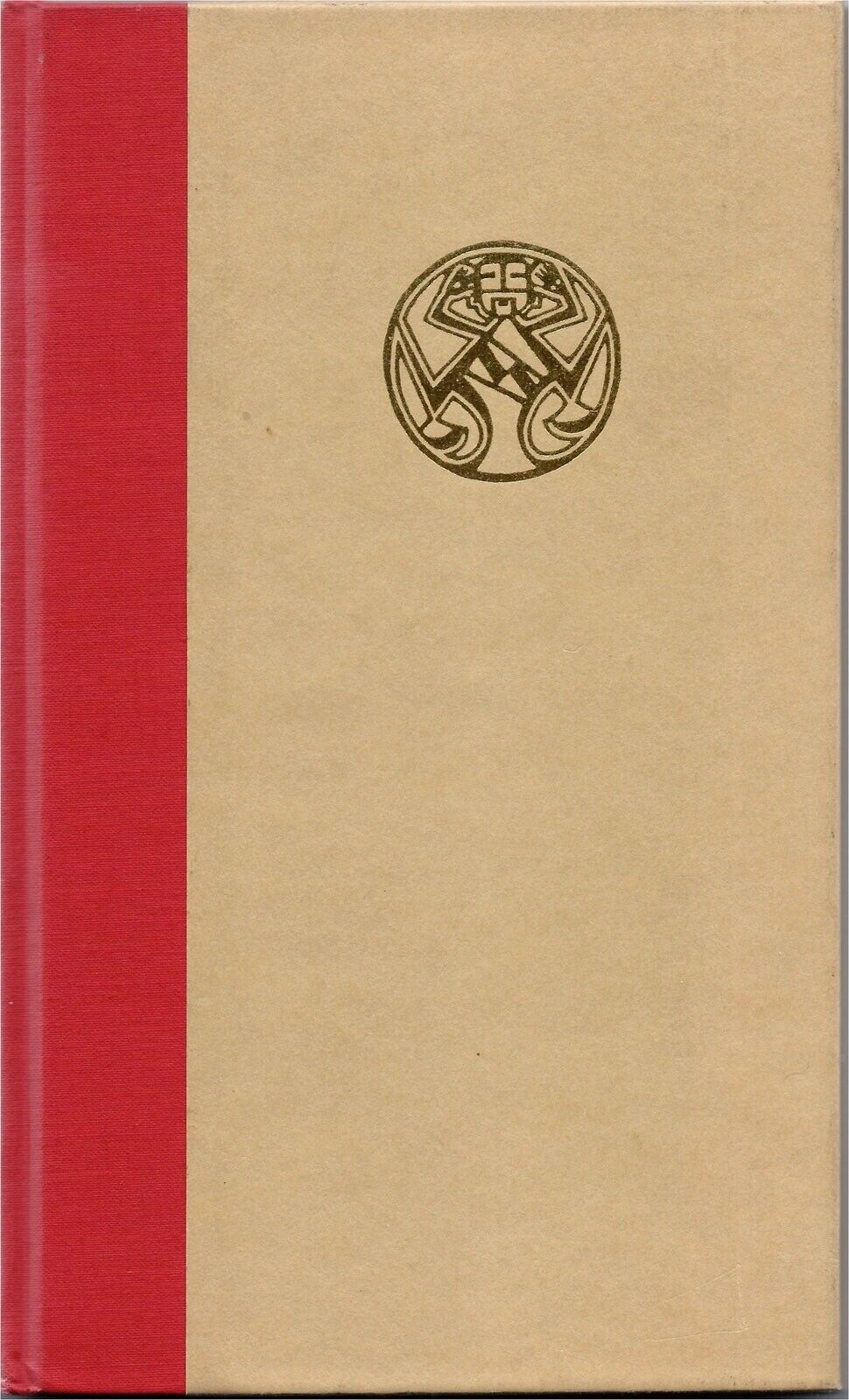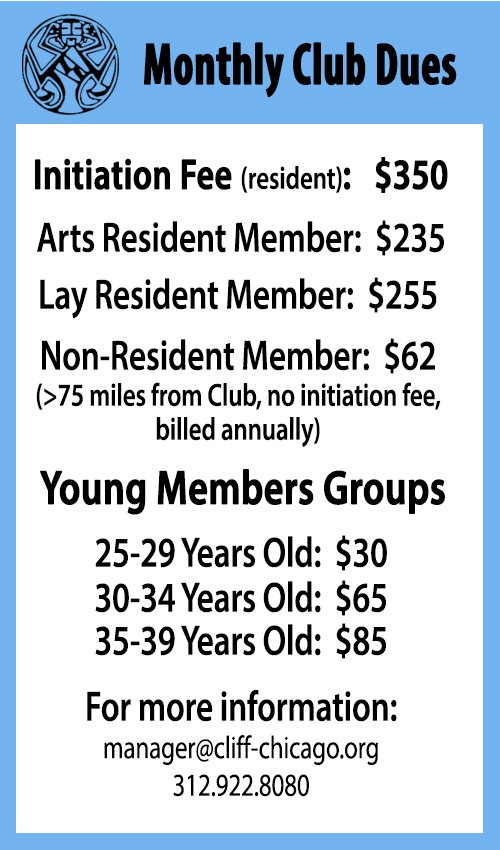
Written by Richard L. Eastline, CD ’73
Enter the welcoming ambiance of this private club and you sense the reassuring familiarity of a second home. And, indeed it is a home — call it a comfortable refuge for those who’ve made the fine arts a valued part of their lives, a premiere social site nurtured by nearly a century of active interest and participation.
The Cliff Dwellers constitute a family of individuals, many of them associated with fine arts organizations or performing groups while others identify themselves simply as devoted followers and patrons. Since its inception, this has been a club that meets the needs of those who seek the delight of engaging conversations, of being informed or entertained by learned, often provocative presentations — all of this enhanced by the enjoyment of a superb cuisine.
By the windows, during any weekday noon hour, you can observe the camaraderie at designated “open” tables for members. In a long-observed tradition that dispenses with the need for a reservation, individuals share that special pleasure of dining together, complemented with wine.
Throughout our Kiva, the dining room, one notices members and guests being served a wide choice of regular and light selections on the daily menu. For even more variety, on selected days and special occasions, the chef provides diners with elaborate buffets. All of the food is prepared on premises, served directly from a modern, commercial kitchen.
Standing in the dining room, everyone who enters the club, whether a newcomer or a long-time member, is immediately drawn to the spectacular panorama that lies beyond the wall of windows. It is a breathtaking view of Chicago’s lakefront, made even more eye-filling by a collection of renowned skyscrapers that frame the scene. With views in three directions, this penthouse setting has to be one of the Club’s most envied assets.
It’s a scene also enjoyed seasonally from the adjacent terrace. On days when the weather is pleasant, al fresco dining is popular; the deck serves also as a vantage point for an unsurpassed view of lakeside events during summer months, including holiday fireworks.
Elsewhere in the Club’s space is the Louis Sullivan Room, a library and facility used for meetings and smaller-scaled functions. Its name honors a legendary architect, one of the most illustrious of the Cliff Dwellers.
Another tribute to the past is the Fireside Lounge area. Containing a current sampling of periodicals and fitted with comfortable furniture, this alcove is highlighted by the fireplace located in a wall covered with oak paneling, both having been installed intact from the original Club’s home, atop the nearby Symphony Center’s Orchestra Hall. That location, created expressly for the Cliff Dwellers, was its address from 1907 –1996. And during that span of almost ninety years the Club paid homage to the fine arts, ably led by a succession of officers and members that were to include author Hamlin Garland, publisher Henry Regnery, sculptor Lorado Taft, composer Leo Sowerby, and Frederick Stock, famed Chicago Symphony conductor. Today, that heritage continues. The Club now presents ongoing exhibitions of artwork, graphic design, and photography. Noon-hour talks are scheduled with a year-long series of early evening activities that range from book reviews to recitals to dramatic presentations.
In its new home, twenty-two floors above the Michigan Avenue entrance to the well-known Borg-Warner building directly across the street from the Art Institute of Chicago and next door to Symphony Center, the Cliff Dwellers club continues to function as one of the city’s most honored establishments.
It takes to its heart those to whom the fine arts are intrinsic to daily life, acknowledging and enjoying the familiar while testing the challenges of the new. The Club is both a presence and a symbol. It exists to serve its members while it lends ongoing support to perpetuating the values that the arts provide, through patronage of local events and via funding by the Club’s own Arts Foundation.
When the Cliff Dwellers choose to honor an individual or an event, the members will rise to offer the Club’s familiar toast. To all who visit this sky-high aerie with its down-to-earth congeniality, as guests and as friends and, possibly, future Cliff Dwellers: Zivio!
About the time of Henry Regnery’s death in 1996, The Cliff Dwellers was required to find new quarters. We moved to the top of the next building north of Orchestra Hall (now Symphony Center). Chicago architect and Club member Larry Booth designed our new space with a vaulted ceiling and other aspects reminiscent of our old Kiva yet as current in concept as, in 1907, was the former location. The view is much the same as before, though from 13 stories higher.
AFTER THE FIRE OF 2001
It’s typical for the Cliff Dwellers clubhouse to be occupied by a member-sponsored private party on a Saturday evening, especially during the bleak winter months. And so it was on January 28, 2001. What made this one special was not the event itself, but the aftermath. Whether too many of the used table cleaning cloths wound up in the same refuse container, or whether some other combustible agent got accidentally mixed with them, or yet another circumstance—what is known is that a fire started during the early morning hours on Sunday, the 29th, when no one was present.
Technically, the fire itself was limited to the kitchen and connecting walls. Equipment either was rendered useless or was in a state requiring cleaning or repair. Unfortunately for the club, though, the greater disaster existed in areas beyond the kitchen. Smoke creates soot and on walls, the ceilings, and furnishings there was evidence of a fire by both a blackish film and a smoky odor.
What followed throughout the winter and spring months might well have been scripted from a Dickens novel or a dark comedy. Three insurance groups became involved in negotiating the cost of restoration and loss of business, and the consequent assignment of expenses. Decision-making came very slowly and, customarily, only after much prodding by an ad hoc legal committee created by the club.
Throughout the summer and early fall, work went remarkably smoothly and adhered closely to a firm schedule. It even was possible to include some modifications that enhanced club operations and appearance—such as creating a more convenient entrance to the supply room adjacent to the kitchen and improving airflow through new ductwork
A gala re-opening party took place on Friday, November 2, 2001.




